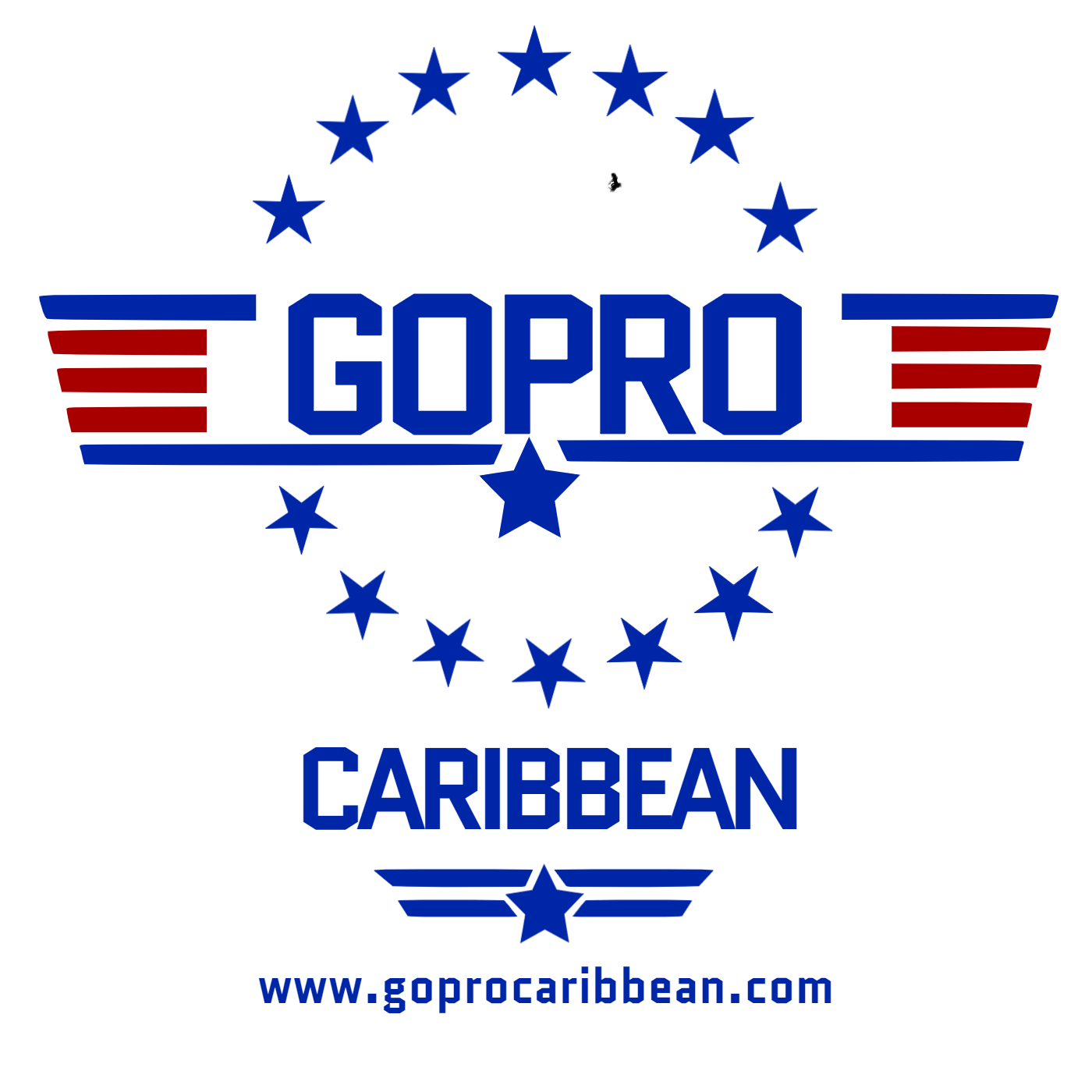The PADI instructor development course can either be a hugely fun and rewarding learning experience or it can be a very stressful one. Which of the two experiences you will have depends entirely on your preparation level and the length of the IDC course you choose.
This blog post is mainly aimed at discussing preparation for the IDC. However, step one of the preparation is choosing the right course. If the course is not spread over at least 14 days, it's going to be stressful, so choose wisely.
Now for what you can do in the weeks or months before the course to ensure you get the most out of it.
Doing your IDC immediately after your DM is the best thing. Your knowledge will be fresh and your dive skills practiced. Regardless of whether you are doing the IDC immediately after you complete your DM or years after you have done your DM, here is some simple advice to help you start preparing.
Dive theory
First and most importantly dive theory. Over 75% of people who fail the PADI Instructor exam fail the dive theory written exams. This always surprises me because it is the single easiest thing to prepare for using independent learning materials before you even start your instructor development course.
You should arrive at your IDC expecting to sit a practice dive theory exam on day one. You should also arrive expecting to pass that exam. The candidates I teach who appear stressed throughout the course are the ones that did not study dive theory before the course started. There are plenty of websites and tutorial videos on YouTube that will help you arrive fully prepared. During the IDC itself, you want to be able to spend the evenings doing the homework that has been assigned that day. This will include classroom, confined water, and open water teaching presentations. If you do not spend time on these, you will perform badly the next day. If you have to study dive theory at night as well as doing your homework, you will not have the time needed to prepare, you will be tired and stressed and your overall performance the next day will reflect that.
Many people think that the dive theory will be taught as part of the IDC, and in most cases, it will be. However, dive theory sections are made optional in my IDC. They are always the last session if the day. This allows those that have studied in advance to spend their evenings on more important things, like getting a good meal, doing their homework and getting a good night’s rest. Maybe even doing a relaxing night dive.
So the most important thing you need to do to prepare for your instructor development course is do practice dive theory quizzes. If you do ALL the practice quizzes on my website and can get 100% easily, you are looking good!
Dive Skills
To become a PADI Divemaster, you would have had to demonstrate 24 basic scuba skills. By demonstrating I mean perform them so that a student diver who has never attempted the skill themselves could easily replicate what you have done.
Get your instructor manual out and look at the list of 24 skills. (Its in the DM part of your maual).
Think about each skill and how you would verbally describe the steps involved in performing the skill. Then once you have a list of steps, think about how you will exaggerate those steps when you are performing them in the demonstration. It’s a great idea to watch videos of people demonstrating the skills to get ideas.
Try to actually practice them in the four weeks before the IDC start date if at all possible.
Instructor Manual Familiarization
Your PADI instructor manual actually has a section at the beginning on to use it. If you have read it yet; now would be a good time!
The instructor manual is obviously broken down into an instructor guide for all the PADI courses and programs, amongst a few other things. Each section regardless of what course or program it is addressing has the same basic layout.
Look through the manual and try to get more familiar with the layout. Here are some questions you can ask yourself as a starting point. Think about how you would anser each of these questions in just one sentence!
What do I find in Section 1 of the Instructor manual for any given PADI course?
What do I find in Section 2 of the Instructor manual for any given PADI course?
What do I find in Section 3 of the Instructor manual for any given PADI course?
What do I find in Section 4 of the Instructor manual for any given PADI course?
What is in the General Standards and Procedures, Training Standards section?
What is in the General Standards and Procedures, Paperwork section?
What is in the General Standards and Procedures, Key Standards section?
What is in the Professional membership guide?
PADI Course Familiarization
The final and possibly hardest thing to do is try to assist on one Open Water, one Advanced and one recue course as close to your IDC start date as possible. The more familiar you are with the courses and how experienced instructors teach them, the easier your IDC will be.

